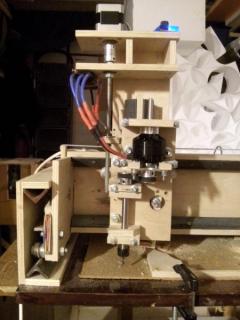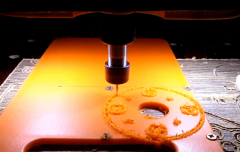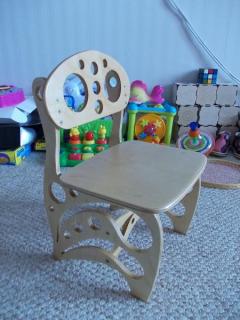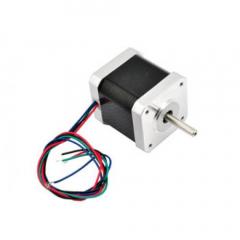Spindle for homemade CNC

The idea of assembling a homemade CNC machine appeared long ago. Lack of knowledge and necessary details. Today there is everything! This is the first article in which I will show how I assembled the spindle. Electronics and the frame will be described elsewhere.
First of all, I assembled a spindle with a brushless motor. It was certainly possible to buy a ready-made router, but it has its drawbacks:
- Noise
- Brushes
My router does not know-how, there are already such constructions on the Internet, I just repeated it and the experiment turned out to be successful. I have not conducted any serious tests so far, but the first launch and the attempt to milled the plywood were successful.
Brushless motor Aeolian C5045 KV900 (35$)
Rotation speed: 900 (KV) rpm / volts
DC: 80 amperes
Max. Current: 90 Ampere
Input voltage: 6-28 volts
Max. Performance: 98%
No load current: 2.6 Amps
Internal resistance: 21 m (Omega)
Power: 1185W
Motor, dimensions (diameter x length): 50 mm x 45 mm
To the motor the regulator of turns MYSTERY Fire Dragon 100A
To adjust is still needed servotester
The power supply unit is at 24 volts at least 10 amperes . Update: My motor consumed about 4 amps under load. I do not know why so little, they write that the motor is at 80 amperes. The answer to this question I never found.
I bought a motor specially with a shaft diameter of 8 mm, here and the bearing is large (it will last longer) and the pulley is easy to find with the same diameter.
I bought a collet cartridge with a shank diameter of 10 mm, although probably now I would buy it with a diameter of 8 mm, it would be simpler, because it was not easy to find a pulley with a diameter of 10 mm and a suitable number and size of teeth. In addition, it is possible to pull out the motor shaft from the motor and insert the shank of the collet chuck, in this case the need for a belt transmission is completely eliminated. In other words, the flywheel of the motor is placed directly on the shank of the cartridge. Although in this case there are drawbacks.
I have a simple design, only a few details of plywood and an hour of time spent on assembly.

The first test was with a battery from a screw driver for 18 volts, the battery is inserted. The belt allows you to get rid of vibration, and if the motor is put on a rubber cushion, the noise will be minimal. From above to the motor it is possible to screw the blades, which will blow it during operation.
The result of the spindle test is positive, in the following articles I will show how I will build a frame for a homemade CNC machine.
Update: My first CNC
Add comment
Random DIY
-
This is my first CNC machine assembled with my own hands from available materials. The cost price of the machine is about $170.
-
I made this CNC machine myself in 2015, videos of the same year. For a long time I was asked to make a video on the assembly of this machine, later my hard drive broke, by some miracle I found some materials on this machine on another medium. After almost 4 years I will publish the materials, as I did with my own hands a CNC machine tool from the available materials.
-
It all started with the fact that I had a daughter :) Now she is 1.3 years old and she has already learned to deftly sit down to her daddy on her knees and read a book. Each child, like an adult, should have his own chair. Searches in children's shops were unsuccessful, the chairs are all plastic and large or with a hole for the pot. We needed a normal chair for sitting, for a very small girl.
-
I decided to update the old, already charred stand for the soldering iron. Simple and does not take up much space on the table.
-
The eternal problem, which wire to connect :)




